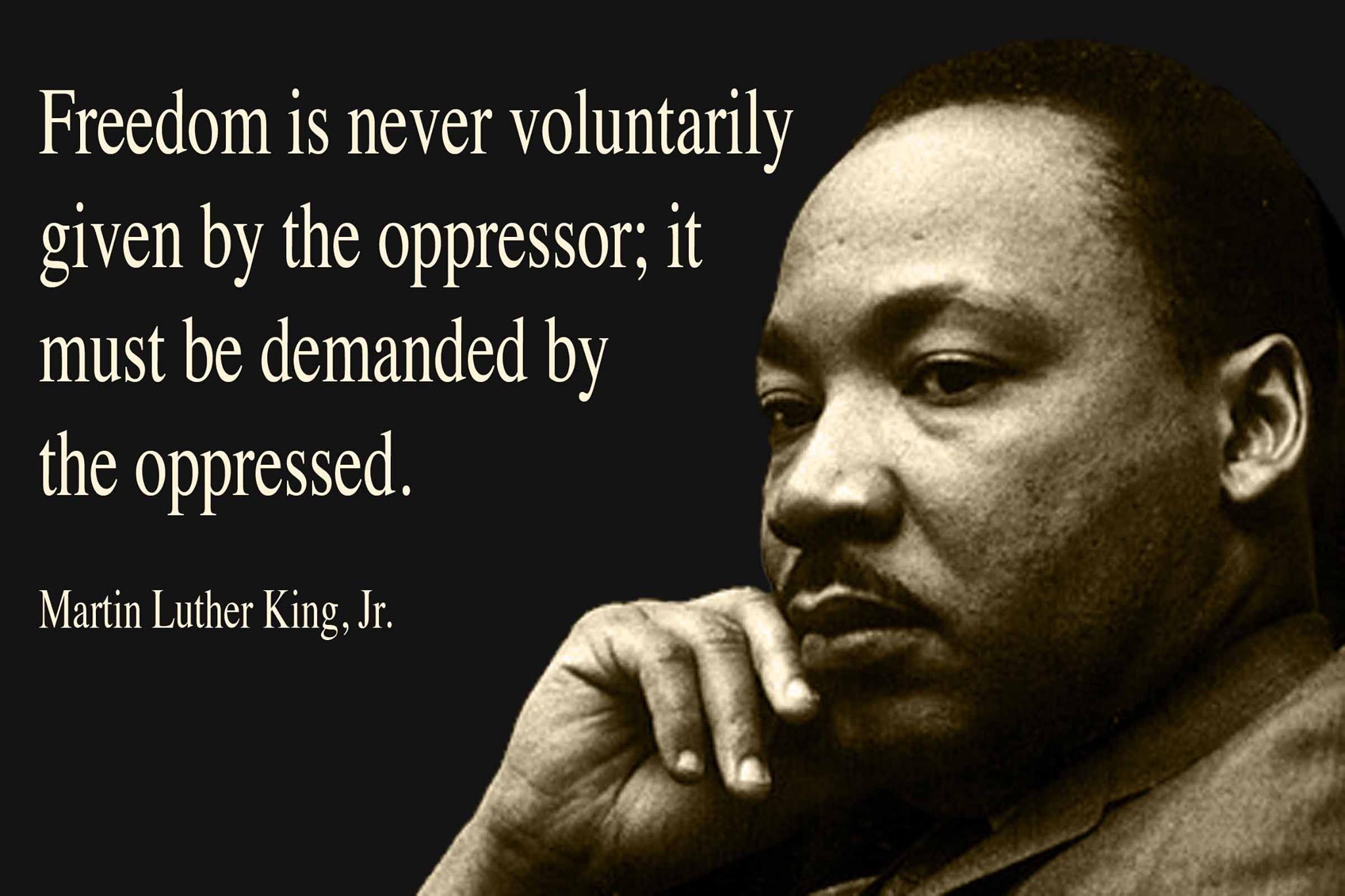Blog
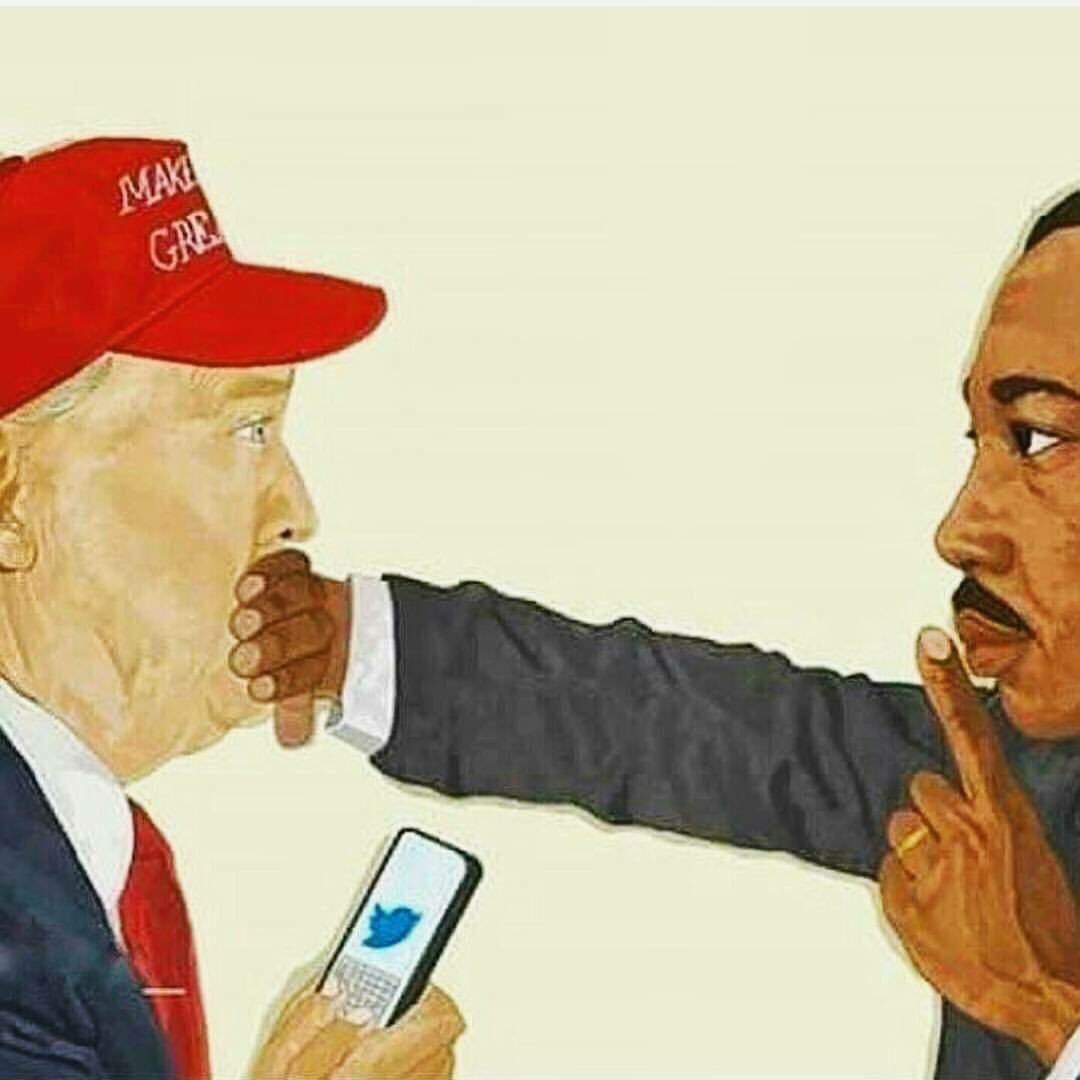
This 100 million-year-old globular cluster is located in the Large Magellanic Cloud, a satellite galaxy of the Milky Way and a birthplace for billions of stars. The cluster is approximately 160,000 light-years away in the constellation Dorado. Typical of globular clusters, it is a spherical collection of densely packed stars held together by mutual gravitational attraction. Unlike most globular clusters, however, the stars of NGC 1850 are relatively young. Globular clusters with young stars such as NGC 1850 are not present in our own Milky Way galaxy.
Astrophysicists theorize that when the first generation of stars in NGC 1850 was born, the stars ejected matter like dust and gas into the surrounding cosmos. The density of the newly formed star cluster was so high that this ejected matter could not escape the cluster’s gravitational pull, causing it to stay nearby. The intense gravity of the cluster also pulled in hydrogen and helium gas from its surroundings. These two sources of gas combined to form a second generation of stars, increasing the density and size of this globular cluster.
In 2021, scientists detected the presence of a black hole in NGC 1850. They have also detected many brighter blue stars that burn hotter and die younger than red stars. Also present are around 200 red giants, stars that have run out of hydrogen in their centers and are fusing hydrogen further from their core, causing the outer layers to expand, cool, and glow red. Surrounding the cluster is a pattern of nebulosity, diffuse dust and gas theorized to come from supernova blasts, visible here as the blue veil-like structures.
NGC 1850 is approximately 63,000 times the mass of the Sun, and its core is roughly 20 light-years in diameter. Astronomers used Hubble Space Telescope observations at a wide range of wavelengths to image this large star cluster and learn more about star formation.
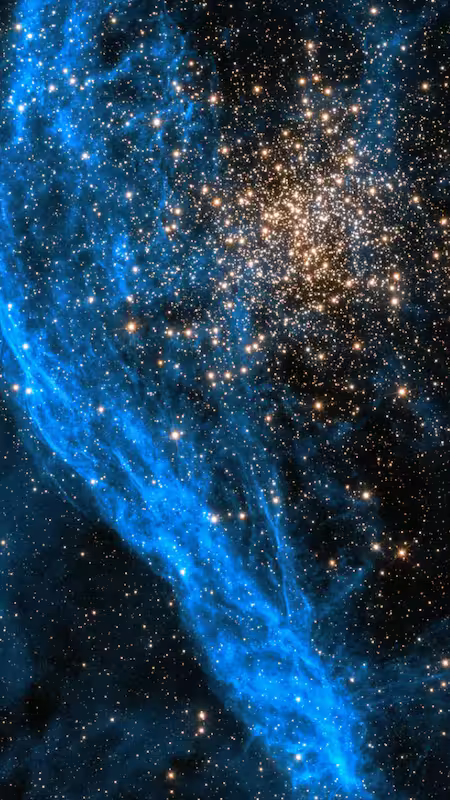
Dolly Rebecca Parton (born January 19, 1946 Pittman Center, TN) is an American singer, songwriter, actress, and philanthropist, known primarily for her decades-long career in country music. After achieving success as a songwriter for others, Parton made her album debut in 1967 with Hello, I’m Dolly, which led to success during the remainder of the 1960s (both as a solo artist and with a series of duet albums with Porter Wagoner), before her sales and chart peak arrived during the 1970s and continued into the 1980s. Some of Parton’s albums in the 1990s did not sell as well, but she achieved commercial success again in the new millennium and has released albums on various independent labels since 2000, including her own label, Dolly Records.
With a career spanning 60 years, Parton has been described as a “country legend” and has sold more than 100 million records worldwide, making her one of the best-selling music artists of all time. Parton’s music includes Recording Industry Association of America (RIAA)-certified gold, platinum and multi-platinum awards. She has had 25 singles reach No. 1 on the Billboard country music charts, a record for a female artist (tied with Reba McEntire). She has 44 career Top 10 country albums, a record for any artist, and she has 110 career-charted singles over the past 40 years. She has composed over 3,000 songs, including “I Will Always Love You” (a two-time U.S. country chart-topper, and an international hit for Whitney Houston), “Jolene“, “Coat of Many Colors“, and “9 to 5“. As an actress, she has starred in the films 9 to 5 in 1980 and The Best Little Whorehouse in Texas in 1982 (for each of which she earned Best Actress Golden Globe nominations) as well as Rhinestone in 1984, Steel Magnolias in 1989, Straight Talk in 1992, and Joyful Noise in 2012.
Parton has received various accolades, including 11 Grammy Awards from 50 nominations. She has won ten Country Music Association Awards, including Entertainer of the Year. She is one of seven female artists to win the Country Music Association’s Entertainer of the Year Award. Parton has five Academy of Country Music Awards(including Entertainer of the Year), four People’s Choice Awards, and three American Music Awards. She is also in a select group to have received at least one nomination from the Academy Awards, Grammy Awards, Tony Awards, and Emmy Awards. In 1999, Parton was inducted into the Country Music Hall of Fame. In 2005, she received the National Medal of Arts, and in 2022, she was nominated for and inducted into the Rock and Roll Hall of Fame, a nomination she had initially declined but ultimately accepted.
Outside of her work in the music industry, she also co-owns The Dollywood Company, which manages a number of entertainment venues including the Dollywood theme park, the Splash Country water park, and a number of dinner theatre venues such as The Dolly Parton Stampede and Pirates Voyage. She has founded a number of charitable and philanthropic organizations, chief among them being the Dollywood Foundation, who manage a number of projects to bring education and poverty relief to East Tennessee, where she was raised.
more...Robert Allen Palmer (19 January 1949 – 26 September 2003) was an English singer and songwriter. He was known for his powerful and soulful voice, his sartorial elegance, and his stylistic explorations, combining soul, funk, jazz, rock, pop, reggae, and blues. His 1986 song “Addicted to Love” and its accompanying video came to “epitomise the glamour and excesses of the 1980s”.
Having started in the music industry in the 1960s, including a spell with Vinegar Joe, Palmer found success in the 1980s, both in his solo career and with the Power Station, scoring Top 10 hits in the United Kingdom and the United States. Three of his hit singles, including “Addicted to Love”, featured music videos directed by British fashion photographer Terence Donovan.
Palmer received a number of awards throughout his career, including two Grammy Awards for Best Male Rock Vocal Performance and an MTV Video Music Award. He was also nominated for the Brit Award for British Male Solo Artist in 1987 and 1989.He di ed from a heart attack aged 54.
more...Janis Lyn Joplin (January 19, 1943 – October 4, 1970 Port Arthur, TX) was an American singer and songwriter. One of the most iconic and successful rock performers of her era, she was noted for her powerful mezzo-soprano vocals, as well as her “electric” stage presence.
In 1967, Joplin rose to prominence following an appearance at the Monterey Pop Festival, where she was the lead singer of the then little-known San Francisco psychedelic rock band Big Brother and the Holding Company. After releasing two albums with the band, she left Big Brother to continue as a solo artist with her own backing groups, first the Kozmic Blues Band and then the Full Tilt Boogie Band. She appeared at the 1969 Woodstock festival and on the Festival Express train tour. Five singles by Joplin reached the US Billboard Hot 100, including a cover of the Kris Kristofferson song “Me and Bobby McGee“, which posthumously reached number one in March 1971. Her most popular songs include her cover versions of “Piece of My Heart“, “Cry Baby“, “Down on Me“, “Ball and Chain“, and “Summertime“, as well as her original song “Mercedes Benz“, which was her final recording.
Joplin died of a heroin overdose in 1970, at the age of 27, after releasing three albums (two with Big Brother and the Holding Company and one solo album). A second solo album, Pearl, was released in January 1971, three months after her death. It reached number one on the Billboard 200. She was posthumously inducted into the Rock and Roll Hall of Fame in 1995. Rolling Stone ranked Joplin number 46 on its 2004 list of the “100 Greatest Artists of All Time“ and number 28 on its 2008 list of the “100 Greatest Singers of All Time“. NPR dubbed Joplin as the “Queen of Rock” and named her one of the “50 Great Voices“. She remains one of the top-selling vocalists in the United States, with Recording Industry Association of America (RIAA) certifications of 18.5 million albums sold.
more...
Willie Lee “Big Eyes” Smith(January 19, 1936 – September 16, 2011 Helena, AK) was an American electric blues vocalist, harmonica player, and drummer. He was best known for several stints with the Muddy Watersband beginning in the early 1960s.
more...Horace Parlan (January 19, 1931 – February 23, 2017 Pittsburg)was an American pianist and composer known for working in the hard bopand post-bop styles of jazz. In addition to his work as a bandleader Parlan was known for his contributions to the Charles Mingusrecordings Mingus Ah Um and Blues & Roots.
more...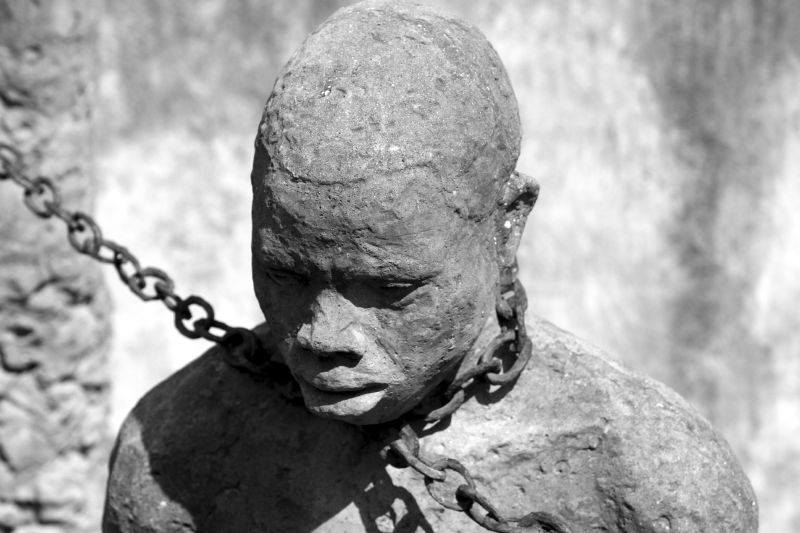
Johnny Bragg was born on January 18th 1925. He was a Black singer.
He was born in Nashville, Tenn. As a teenager in 1943, Bragg was sentenced to six life terms in the Tennessee State Prison. The charge was rape, but he always denied the charges, and Governor Frank Clement commuted his sentence in 1959. He soon returned to prison on a parole violation and spent time in and out of incarceration until 1977. While serving time, his only expressive outlet for his spirit was singing. In 1953, a young governor Clement, heard Bragg’s vocal quintet, the Prisonaires.
He was deeply impressed with their talent and recognized that these men might be saved. For years he showcased Bragg and the Prisonaires at state events at the governor’s mansion. There they met President Truman, Senator Lyndon Johnson, and many celebrity entertainers. Eventually, the Prisonaires were signed by a young, white producer, Sam Phillips of Sun Records. However, Bragg’s claim to glory lies in his authorship of the hit “Just Walkin’ in the Rain,” recorded by ’50s pop legend Johnnie Ray. “Just Walkin” was one of the best-selling singles of the decade.
At the center of this group was Bragg, whose faith and persistence testified eloquently to the power of the human spirit. Bragg was alive and well in his mid-’70s. He had the sweet tenor voice that made him an extraordinary artist 50 years ago.
His original Prisonaires partners had not been so fortunate. William Stewart died of a drug overdose in a rundown Florida motel in 1959. Marcel Sanders died in the late ’60s. Ed Thurman was killed in an accident in 1973. And John Drue Jr. died of cancer in December 1977 in Lebanon, Tennessee. Bragg’s recording discography consists of other releases, including many un-issued songs, which were included on a CD from Bear Family, West Germany, in 1990. With the Marigolds, Bragg had five releases in 1955 and 1956 for the Excello label, including “Rollin’ Stone.”
On June 8, 2000, Bragg, accompanied by his daughter, Misti, and longtime friend and lawyer Don Hildebrand, appeared in Memphis by invitation at a pre-screening of the A&E television special Sam Phillips: The Man Who Invented Rock ‘n Roll. With Hildebrand’s help, the Tennessee State Penitentiary was opened for the first time since The Green Mile was filmed there for Bragg to do an interview and walking tour, including a visit to cell five on Walk Ten.
Standing on the ramp outside his former cell, Bragg sang a spontaneous Cappella rendition of “Just Walkin’ in the Rain” and did the entire third verse in falsetto. When he finished with his falsetto flourish, there was a standing ovation led by Ike Turner, Jerry Lee Lewis, and Sam Phillips. The history of rock ‘n roll and rhythm and blues is filled with inspiring characters; Bragg is one of them. Johnny Bragg died in August 2004; he was 79.
more...NGC 4631 (also known as the Whale Galaxy or Caldwell 32) is a barred spiral galaxy in the constellation Canes Venatici about 30 million light years away from Earth. It was discovered on 20 March 1787 by German-British astronomer William Herschel. This galaxy’s slightly distorted wedge shape gives it the appearance of a herring or a whale, hence its nickname. Because this nearby galaxy is seen edge-on from Earth, professional astronomers observe this galaxy to better understand the gas and stars located outside the plane of the galaxy.
The smaller galaxy is GC 4627 is a dwarf elliptical galaxy in the constellation Canes Venatici. The galaxy lies about 30 million light years away from Earth. NGC 4627 is located 3 arcminutes northwest of the nucleus of NGC 4631, a spiral galaxy which interacts with it.
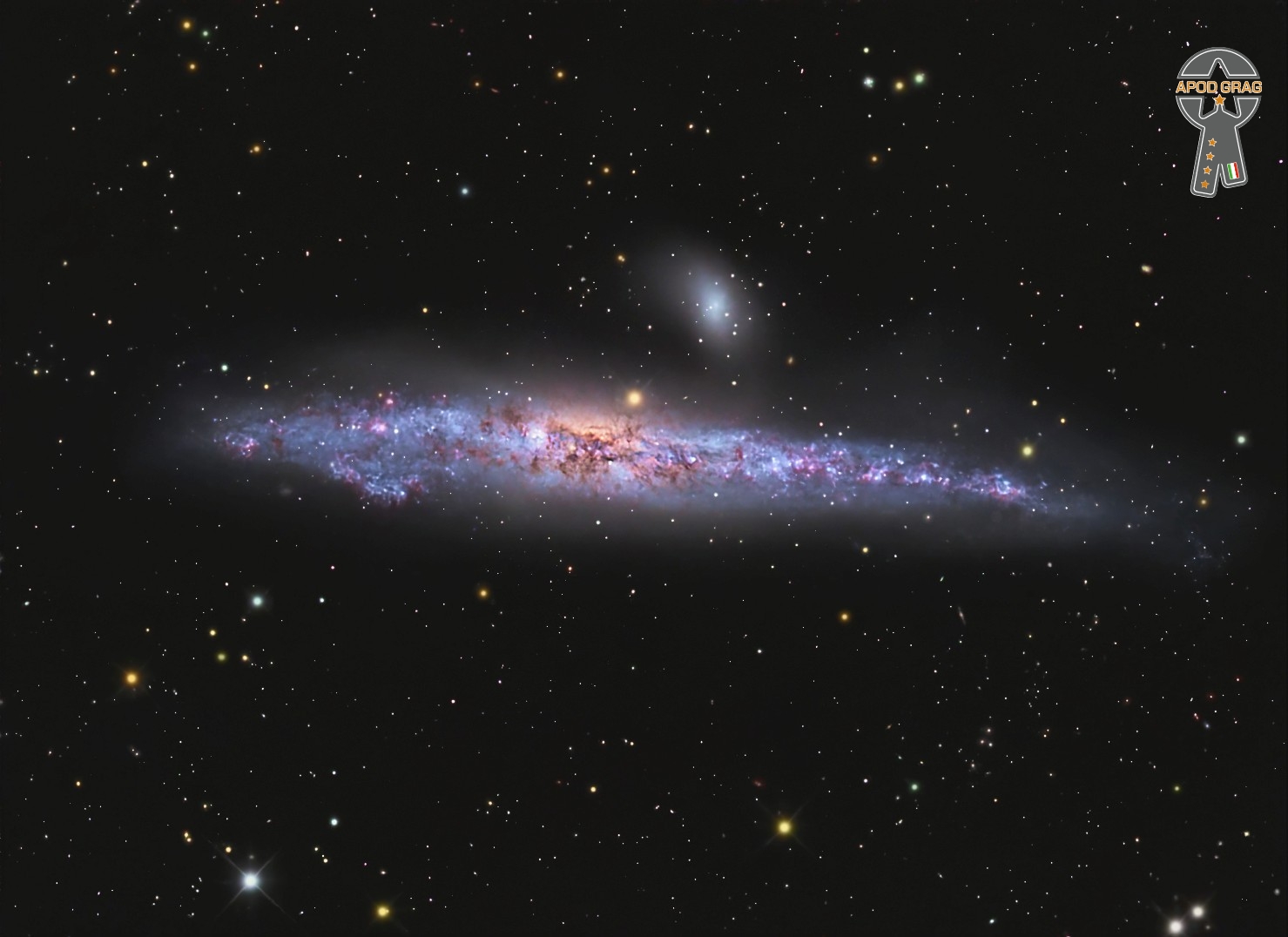
more...
David Ruffin (born Davis Eli Ruffin; January 18, 1941 – June 1, 1991 Whynot, MS) was an American soulsinger most famous for his work as one of the lead singers of the Temptations (1964–1968) during the group’s “Classic Five” period as it was later known. Ruffin was the lead voice on such famous songs as “My Girl” and “Ain’t Too Proud to Beg.” He later scored two top-ten singles as a solo artist, “My Whole World Ended (The Moment You Left Me)” and “Walk Away from Love.”
Known for his unique raspy and anguished tenor vocals, Ruffin was ranked as one of the 100 Greatest Singers of All Time by Rolling Stonemagazine in 2008 and again in 2023. He was inducted into the Rock and Roll Hall of Fame in 1989 for his work with the Temptations. Fellow Motown recording artist Marvin Gaye once said admiringly of Ruffin that, “I heard [in his voice] a strength my own voice lacked. After completing a successful month-long tour of England with Kendricks and Edwards, Ruffin died on June 1, 1991, from an accidental overdose of crack cocaine.
more...Steven Mark Grossman (January 18, 1951 – August 13, 2020 NY,NY) was an American jazz fusion and hard bop saxophonist.
Grossman was Wayne Shorter‘s replacement in Miles Davis‘s jazz-fusion band. He played with Chick Corea on the album “The Sun” in 1970, then, from 1971 to 1973, he was in Elvin Jones‘s band.
In the late 1970s, he was part of the Stone Alliance trio with percussionist Don Alias and bassist Gene Perla. The group released four albums during this period, including one featuring Brazilian trumpeter Márcio Montarroyos. The albums also feature an array of other musicians. They went on to release three live reunion albums during the 2000s.
more...Aloysius Tyrone Foster (born January 18, 1943 Richmond, Va) is an American jazz drummer. Foster’s professional career began in the mid-1960s, when he played and recorded with hard bop and swingmusicians including Blue Mitchell and Illinois Jacquet. Foster played jazz fusion with Miles Davisduring the 70s and was one of the few people to have contact with Davis during his retirement from 1975 to 1980. During Davis’s retirement, Foster continued to play and record acoustic jazz with Sonny Rollins, Dexter Gordon, McCoy Tyner, Horace Silver, and other band leaders. Foster played on Miles Davis’s 1981 comeback album The Man with the Horn, and was the only musician to play in Davis’s band both before, and after, his retirement. After leaving Davis’s band in the mid-1980s, Foster toured and recorded with Herbie Hancock, Sonny Rollins, Joe Henderson, and many other band leaders, primarily working in acoustic jazz settings. Foster has also released several solo albums under his own name, starting with Mixed Roots in 1978.
more...
More Posts
- KARIBUNI Cerenity Humboldt performance
- Cosmos IC 1396
- Nils Lofgren
- Lalo Schifrin
- Skip James
- World Music KARIBUNI
- Daily Roots Paketo Wilson
- Cosmos JWST Deep Field
- Brian Wilson
- Chet Atkins
- Eric Dolphy
- World Music Memorial Yanna Momina
- Daily Roots Junior Delgado
- Happy Juneteenth 2023
- Cosmos M8
- John Stein
- Billy Drummond
- Ernest Ranglin
- Bertie King
- World Fusion Kayhan Kalhor · Toumani Diabate
